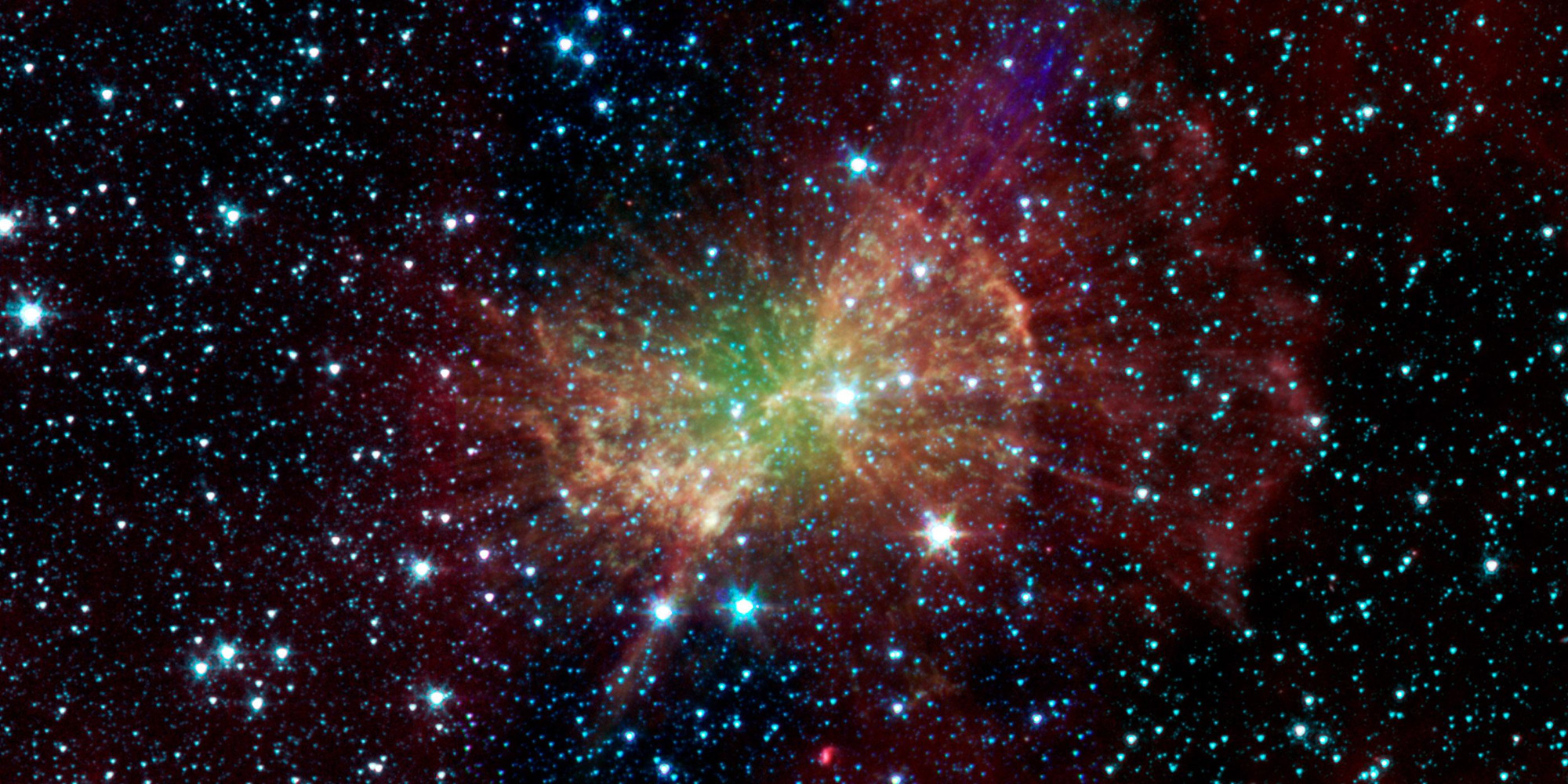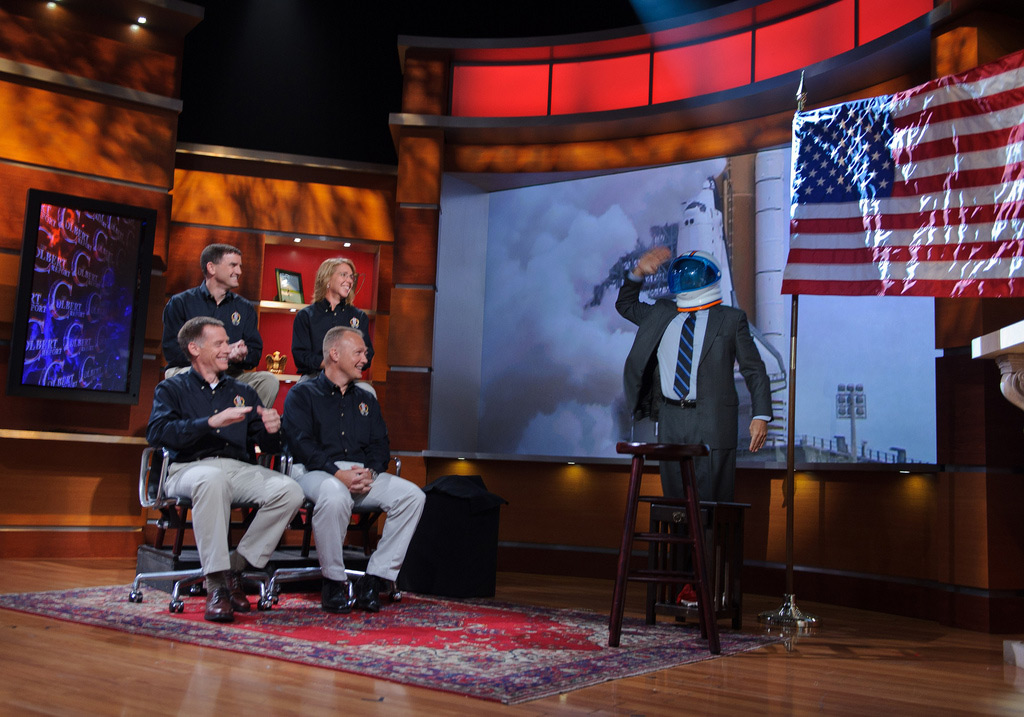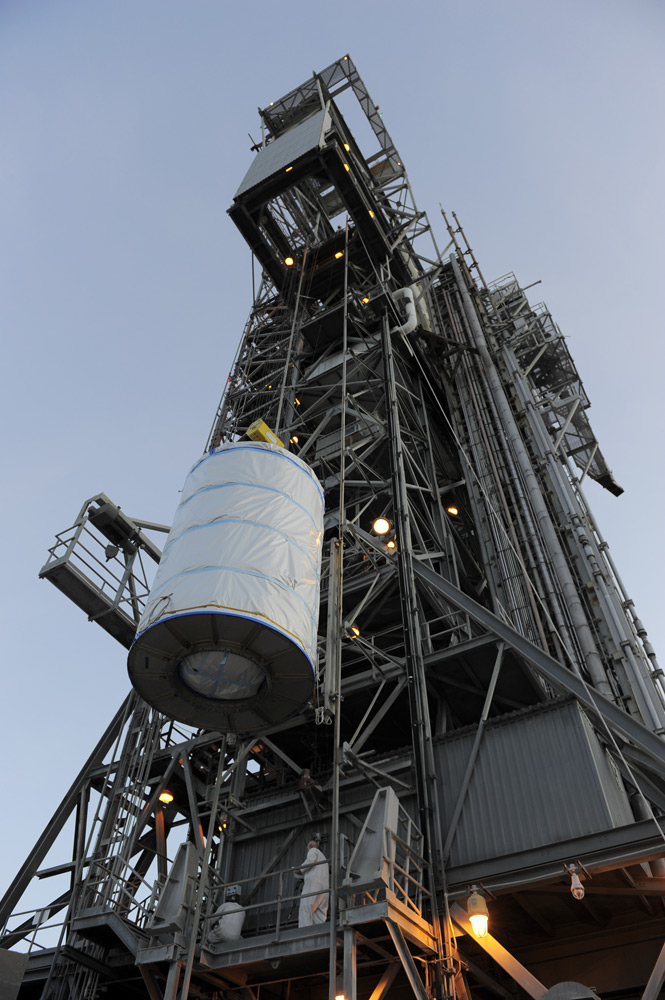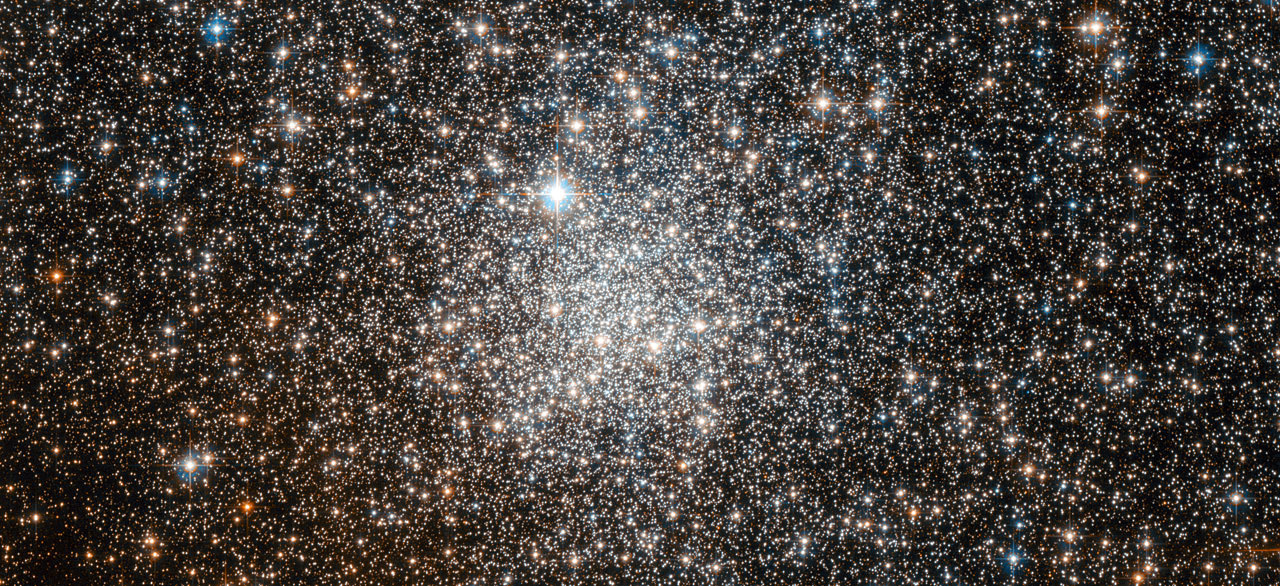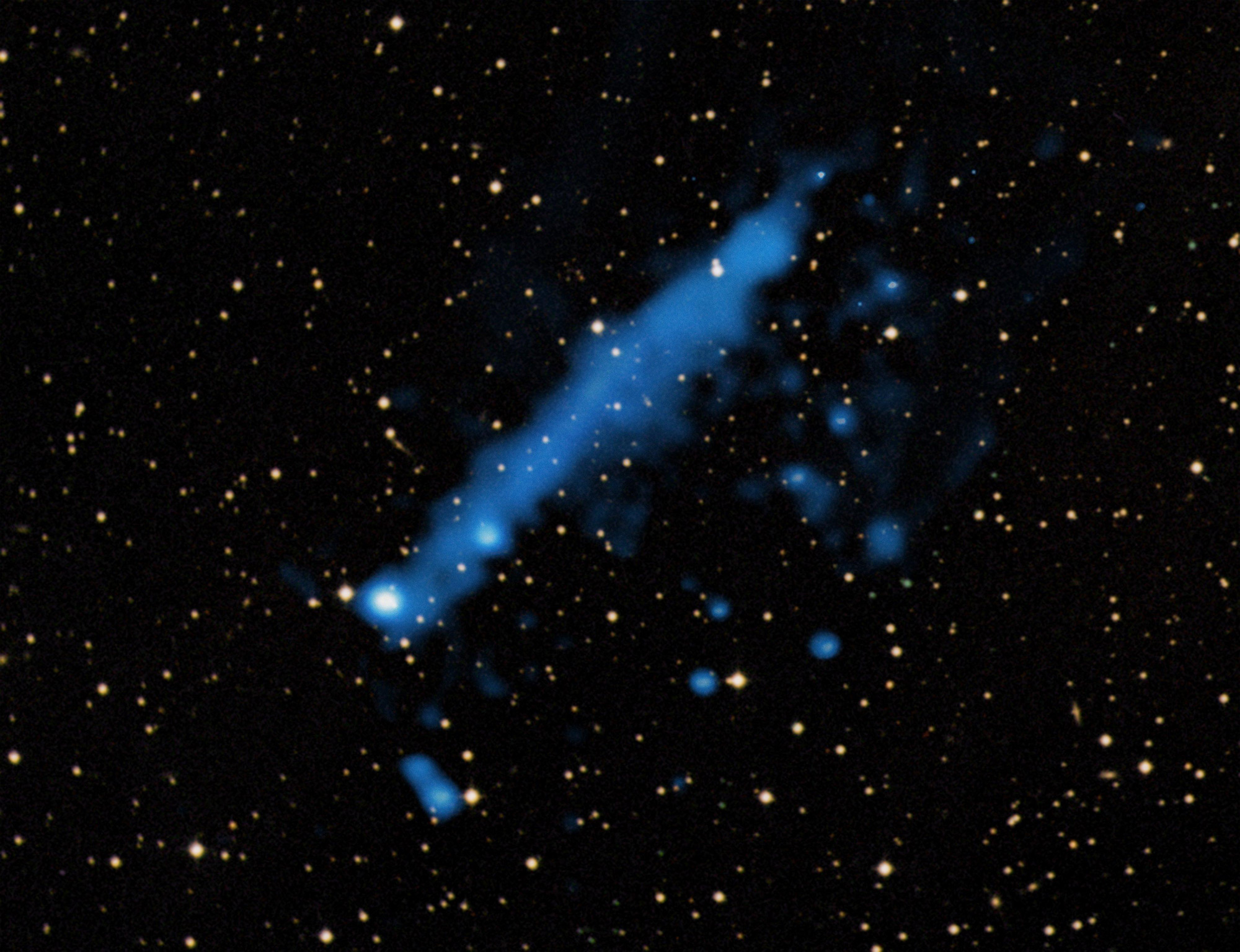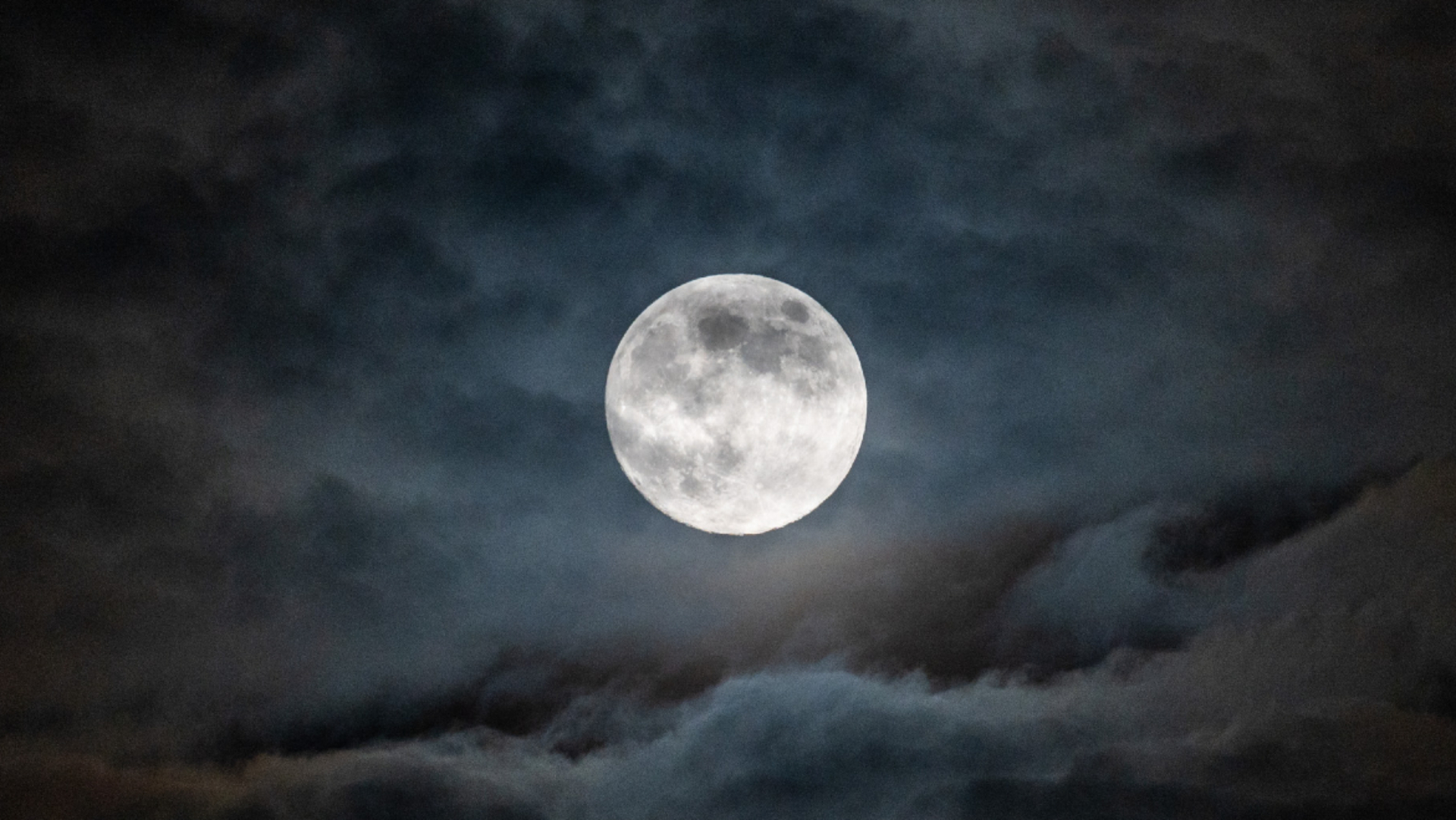Image of the Day: August 2011
Sunset Glow
Monday, August 15, 2011: Reflection nebula NGC 2023 lies nearly 1500 light-years from Earth. It lies within the constellation of Orion (The Hunter), close to the well-known Flame and Horsehead nebulas. NGC 2023 stretches a vast four light-years across. This picture only displays the southern part, with colors resembling a sunset on Earth. Stars are forming from the material comprising NGC 2023, and this Hubble image captures the billowing waves of gas, 5000 times denser than the interstellar medium.
— Tom Chao
How to be Dumb(bell)
Tuesday, August 16, 2011: Charles Messier discovered the Dumbbell Nebula, shown here, in 1764, and he added it as the 27th member of his well-known catalog of nebulous objects. Messier 27, as it is also known, became the first in a class of objects now known as planetary nebulae in the catalog. Planetary nebulae, named for their resemblance to gas-giant planets, consist of the remains of stars that once looked a lot like our sun.
— Tom Chao
A Bigger Splash
Wednesday, August 17, 2011: Orion Multi-Purpose Crew Vehicle underwent its third water landing test at the Hydro Impact Basin located at NASA Langley Research Center during August 2011. The scenario shown here represented the worst-case scenario for landing. A prediction gave a 50% chance of the test article becoming inverted. The Orion Project Team collected valuable data regarding Crew Module stability, and also obtained invaluable experience in uprighting the test article.
— Tom Chao
Helmet
Thursday, August 18, 2011: Stephen Colbert, host of The Colbert Report, welcomes the crew of space shuttle mission STS-135 while hilariously attired in a "space helmet." He also "planted" a flag reminscent of the Apollo 11 U.S. moon flag. The astronauts (seated counter-clockwise from lower left), Commander Chris Ferguson, Pilot Doug Hurley, Mission Specialists Sandy Magnus and Rex Walheim, were interviewed Tuesday evening, August 16, 2011, in New York City.
— Tom Chao
Torment Me No Longer! I Have Seen the Grail!
Friday, August 19, 2011: NASA hoists the twin Gravity Recovery and Interior Laboratory (GRAIL) spacecraft to the top of their launch pad at Space Launch Complex 17B at Cape Canaveral Air Force Station in Florida. The two mirror-image spacecraft will fly in tandem orbits around the moon for several months to measure its gravity field. GRAIL will seek to determine the structure of the lunar interior, from crust to core, and to advance understanding of the thermal evolution of the moon. Launch aboard a United Launch Alliance Delta II rocket is scheduled for Sept. 8.
— Tom Chao
Clearer View
Monday, August 22, 2011: The NASA/ESA Hubble Space Telescope has used its powerful optics to separate the globular cluster NGC 6401 into its constituent stars. NGC 6401 lies within the constellation of Ophiuchus (The Serpent Bearer). The globular cluster's faintness requires a telescope and some observational experience to see it. Globular clusters contain very rich, and generally spherical, collections of stars, hence the name. They orbit the cores of galaxies, with the force of gravity also keeping the stars bound as a group. There are around 160 globular clusters associated with our Milky Way, of which NGC 6401 is one. These objects are very old, containing some of the most ancient stars known. However, there are many mysteries surrounding them, with the origin of globular clusters and their role within galaxy evolution still not completely understood.
— Tom Chao
Blue Tailed Pulsar?
Tuesday, August 23, 2011: This pulsar, known as PSR J0357+3205 (or PSR J0357 for short), appears to have a long, bright X-ray tail streaming away from it. This composite image shows Chandra X-ray Observatory data in blue and Digitized Sky Survey data in yellow. The pulsar actually lies at the upper right end of the tail. The two bright sources near the lower left end of the tail are both thought to be unrelated background objects located outside our galaxy. Several unexplained characteristics of this tail suggest it is not entirely explained by the pulsar's existence.
— Tom Chao
Breaking space news, the latest updates on rocket launches, skywatching events and more!
A Hard Rain's A-Gonna Fall
Wednesday, August 24, 2011: NASA's Aqua satellite shows Tropical Storm Irene approaching Puerto Rico (left) on August 21, 2011 at 17:45 UTC (1:45 p.m. EDT). It since strengthened into a hurricane. At the time of this writing on Wednesday morning, August 24, 2011, the National Hurricane Center was reporting " ... IRENE BECOMES A CATEGORY THREE HURRICANE.... EYE HEADED FOR THE CROOKED AND ACKLINS ISLANDS ... "
— Tom Chao
In the Dark Places
Thursday, August 25, 2011: This infrared image from NASA’s Wide-field Infrared Survey Explorer (WISE), shows that some clouds are so cool and thick that even infrared can’t penetrate them. The clouds colored green, yellow and red are only seen in infrared. However, the black areas in this image — called infrared dark clouds (IRDCs) — are exceptionally cold, dense cloud cores seen in silhouette against the bright diffuse infrared glow of the plane of the Milky Way. The density in these clouds is high enough to lead to the formation of new stars and planets.
— Tom Chao
Twist My Arm
Friday, August 26, 2011: Something unexplained has warped barred spiral galaxy NGC 2146 so severely that an immense arm now lies directly in front of the center of the galaxy, as seen in this Hubble Space Telescope image. To pull this structure out of its natural shape and twist it up to 45 degrees would require colossal forces. Researchers surmise that a neighboring galaxy gravitationally perturbs it and distorts the orbits of many of NGC 2146's stars. This scenario may represent the end stages of a process occurring for tens of millions of years. NCG 2146 also undergoes intense bouts of star formation, to such an extent that astronomers refer to it as a starburst galaxy.
— Tom Chao

